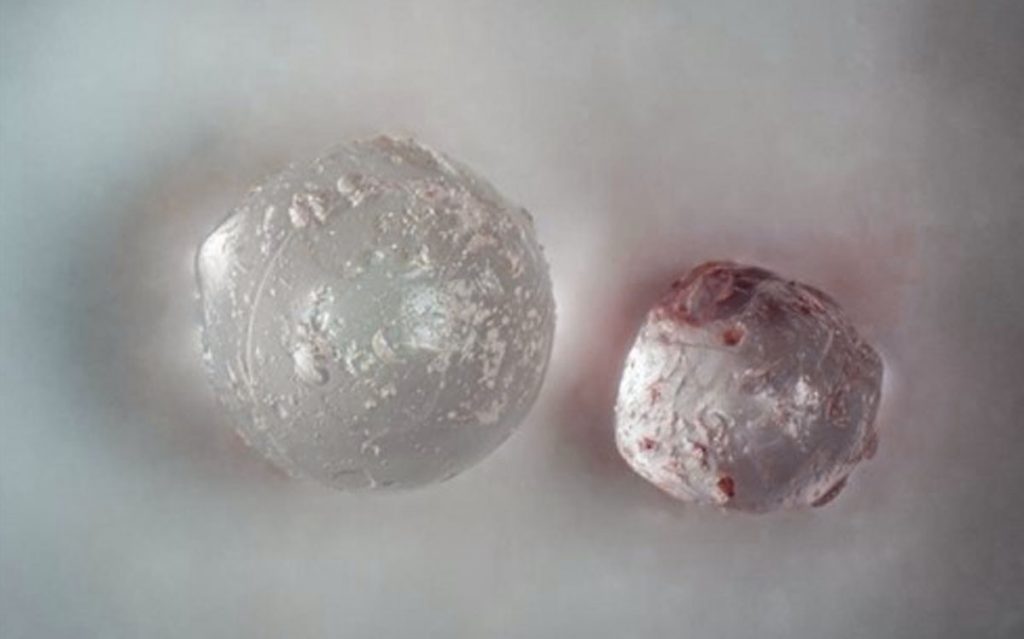According to a recent analysis, published in Meteoritics & Planetary Science, a set of fossil clams from a quarry in Florida preserves dozens of small glass beads, probably remnants of an ancient meteorite.
These remains are microtektites, particles which form when the explosive impact of an extraterrestrial object sends molten debris into the surrounding, where they cool down and recrystallize before falling back to Earth. These spheres have traces of exotic metals.
Microtektites
So, we are probably the first to recover from fossil shells. Most of them had been sealed inside the fossil Mercenaria campechiensis. Researchers want to date microtektites, but the working guess is that they are “around 2 to 3 million years old.”
According to Mike Meyer, assistant professor of Earth Systems Science at the University of Harrisburg in Pennsylvania, microtektites are the product of one or smaller impacts of previously unknown meteorites, potentially on or near the Florida Platform, the plateau that supports the Florida Peninsula.
But how do they end up inside clams? As the clams die, the fine sediments and particles are washed inside. As more sediments settle on the clams over time, they close, becoming excellent long-term storage containers. According to Meyer:
A rarity is that they contain high amounts of sodium, a characteristic that differentiates them from other impact wastes. Salt is highly volatile and generally evaporates if it is pushed into the atmosphere at high speed. This high sodium content is intriguing because it suggests a very close location for impact. Or at least, any impact that created it probably affects a large reserve of rock salt or the ocean. Many of these indicators point to something close to Florida.

